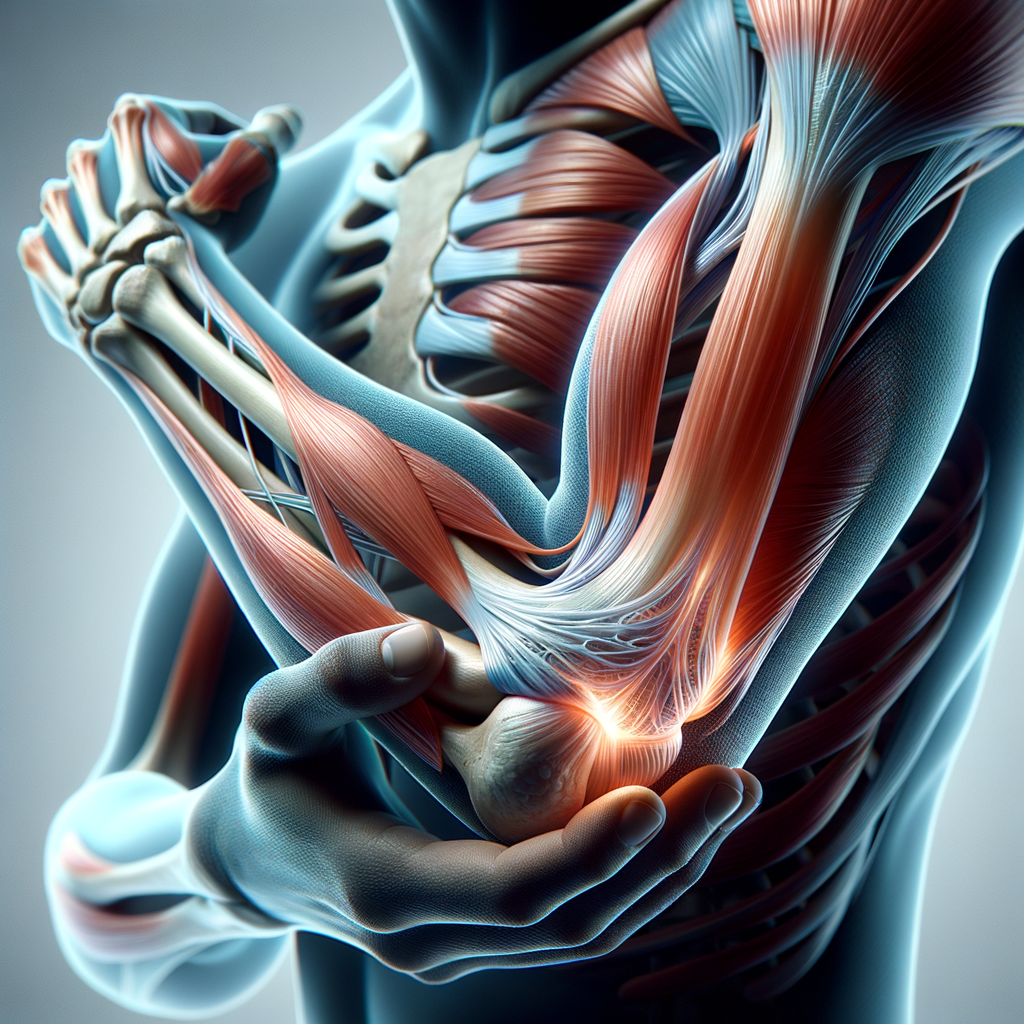Tennis Elbow Injury: Causes, Symptoms, and Treatment

Tennis elbow, medically known as lateral epicondylitis, is a common condition that affects millions of people worldwide. Despite its name, this injury is not exclusive to tennis players. It can affect anyone who repeatedly uses their elbow, wrist, and hand for their job or sports. This article will delve into the causes, symptoms, and treatment options for tennis elbow.
What is Tennis Elbow?
Tennis elbow is a type of tendinitis, which is swelling of the tendons. It causes pain in the elbow and arm. These tendons are bands of tough tissue that connect the muscles of your lower arm to the bone. Despite its name, you can still get tennis elbow even if you’ve never been near a tennis court.
Causes of Tennis Elbow
Tennis elbow is often caused by overuse of the forearm muscles and tendons, which can cause tiny tears in the tendons that attach the forearm muscles to the bony prominence at the outside of the elbow. As the name suggests, playing tennis — especially repeated use of the backhand stroke with poor technique — is one possible cause of tennis elbow. However, many other common arm motions can cause tennis elbow, including:
- Using plumbing tools
- Painting
- Driving screws
- Cutting up cooking ingredients, particularly meat
- Repetitive computer mouse use
Symptoms of Tennis Elbow
The symptoms of tennis elbow develop gradually. In most cases, the pain begins as mild and slowly worsens over weeks and months. There is usually no specific injury associated with the start of symptoms. Common signs and symptoms of tennis elbow include:
- Pain or burning on the outer part of your elbow
- Weak grip strength
- The symptoms are often worsened with forearm activity, such as holding a racquet, turning a wrench, or shaking hands. Your dominant arm is most often affected; however, both arms can be affected.
Treatment for Tennis Elbow
Treatment for Tennis Elbow usually begins with conservative therapies, such as rest, physical therapy and braces. If conservative treatments don’t help or if symptoms are disabling, your doctor might suggest surgery.
- Physical therapy: Specific exercises are helpful for strengthening the muscles of the forearm. Your therapist may also perform ultrasound, ice massage, or muscle-stimulating techniques to improve muscle healing.
- Brace: Using a brace centered over the back of your forearm may also help relieve symptoms of tennis elbow. This can reduce symptoms by resting the muscles and tendons.
- Steroid injections: These can be used to decrease inflammation and pain.
- Surgery: If your symptoms haven’t improved after six to 12 months of extensive non-operative treatment, you may be a candidate for surgery.
Conclusion
In conclusion, tennis elbow is a common injury that can cause significant discomfort and interfere with your daily activities. However, with the right treatment and care, most people recover from tennis elbow within a year. If you suspect you have tennis elbow, it’s important to seek medical advice to ensure you receive appropriate treatment and prevent further injury.
Meta Keywords
Tennis Elbow, Lateral Epicondylitis, Tendinitis, Tennis Elbow Causes, Tennis Elbow Symptoms, Tennis Elbow Treatment, Physical Therapy, Brace, Steroid Injections, Surgery







